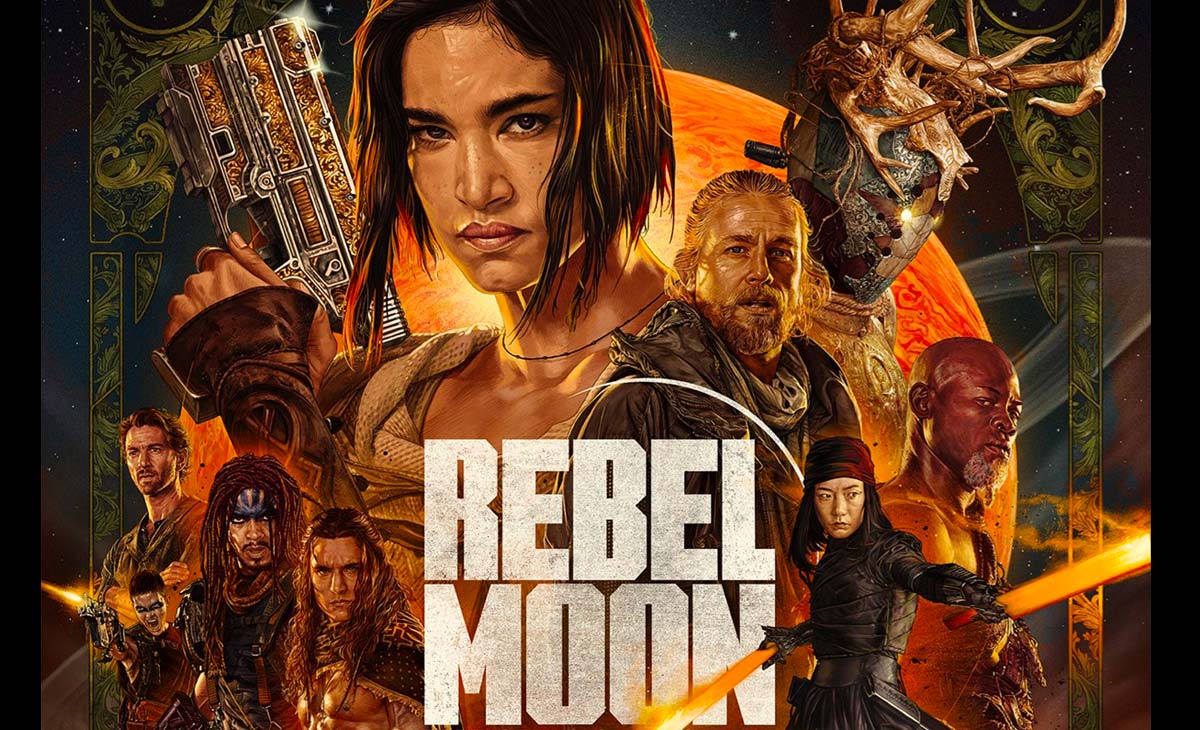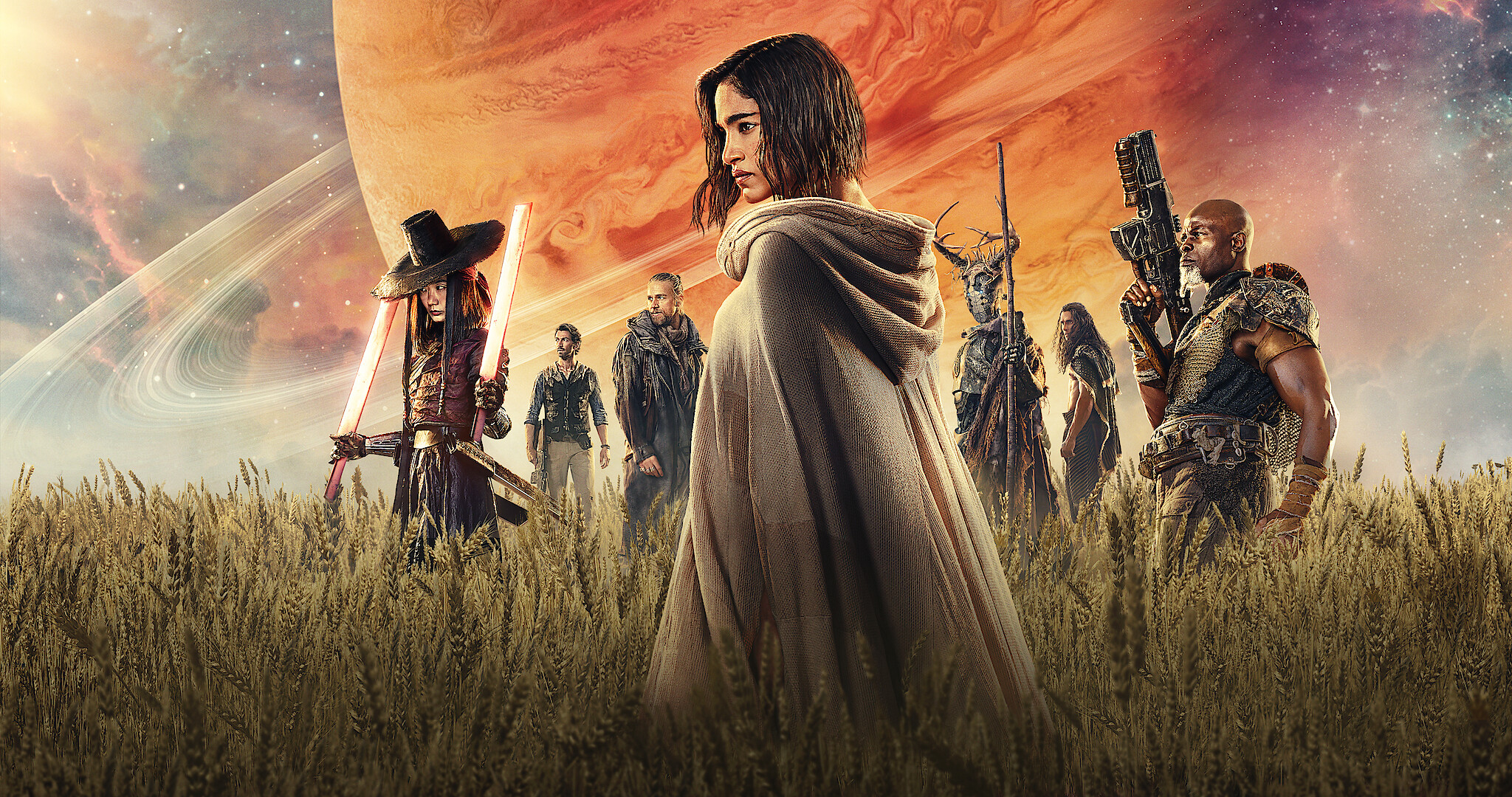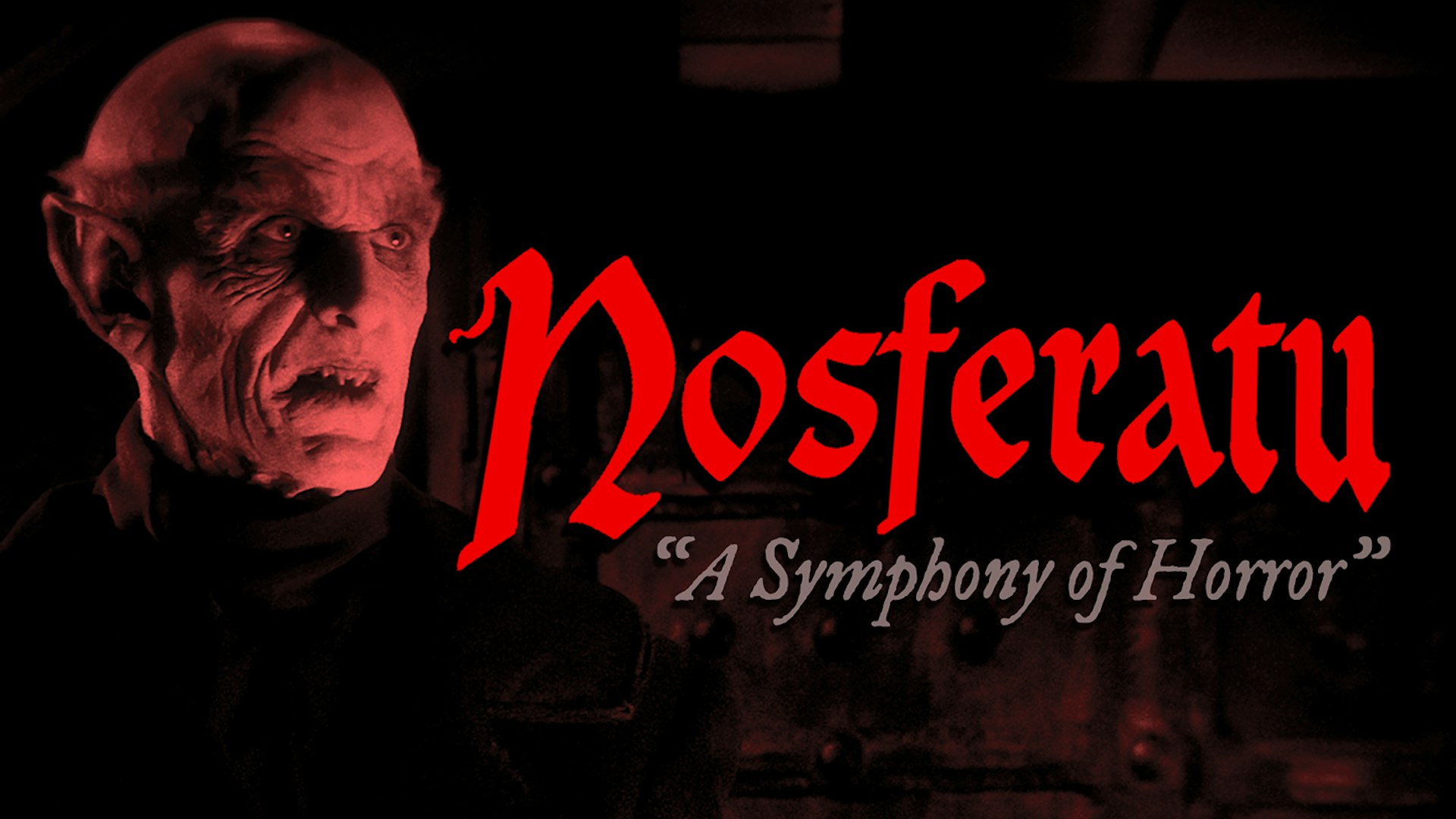
Zack Snyder's "Rebel Moon" is a bold venture into the galaxy-spanning realms of science fiction, steeped in mythological undertones and visual spectacle. Originally released in two parts—Part One: A Child of Fire and Part Two: The Scargiver—this saga was envisioned as Netflix's answer to Star Wars, but with Snyder’s darker, grittier tone.
The narrative centers on Kora, a mysterious woman with a violent past who finds herself on a distant moon under the iron grip of the Motherworld, a tyrannical military regime. When her quiet village is threatened by Admiral Atticus Noble and the armies of the Imperium, she seeks out warriors from across the galaxy to unite in defiance. Each fighter has a tragic backstory, lending emotional weight to the ensemble cast and highlighting the universal cost of war and oppression.
Visually, Rebel Moon excels. Snyder's signature style—slow-motion combat, striking silhouettes, and richly textured worlds—creates a sense of grandeur. However, the plot sometimes struggles under the weight of its own ambition. Critics noted the uneven pacing and underdeveloped lore, particularly in Part Two, which attempted to juggle character arcs, explosive action, and political intrigue.
Still, the project shows immense potential, particularly with its extended director's cuts and promises of a wider Rebel Moon Universe.
As Part Two ends with Kora defeating Noble and the rebellion gaining momentum, the galaxy remains far from liberated. In the hypothetical Part Three: Shadow Crown, the real challenge begins: uniting the fractured colonies into a new alliance. Kora, now a reluctant symbol of hope, must navigate treacherous political games and growing inner doubts.
Meanwhile, the Motherworld prepares its counterstrike, led by a cunning strategist known only as The Warden of Time, who seeks to turn the rebels’ past against them. As allies fall and betrayals bloom, the rebellion faces its darkest hour. Kora must confront not only the enemies around her—but the monster she once was.

This next installment could deepen character dynamics, explore untapped worlds, and bring greater nuance to themes of identity, legacy, and sacrifice.
Rebel Moon is far from flawless, but its raw ambition is admirable. Snyder offers a galaxy worth exploring, even if its early chapters haven’t fully delivered on their promise. With further refinement—tighter scripts, deeper character arcs, and more original world-building—the franchise could evolve into a sci-fi titan.
While some may compare it unfavorably to Star Wars, Rebel Moon deserves to be judged on its own merit: as a new myth forged in fire, rebellion, and cinematic passion.



